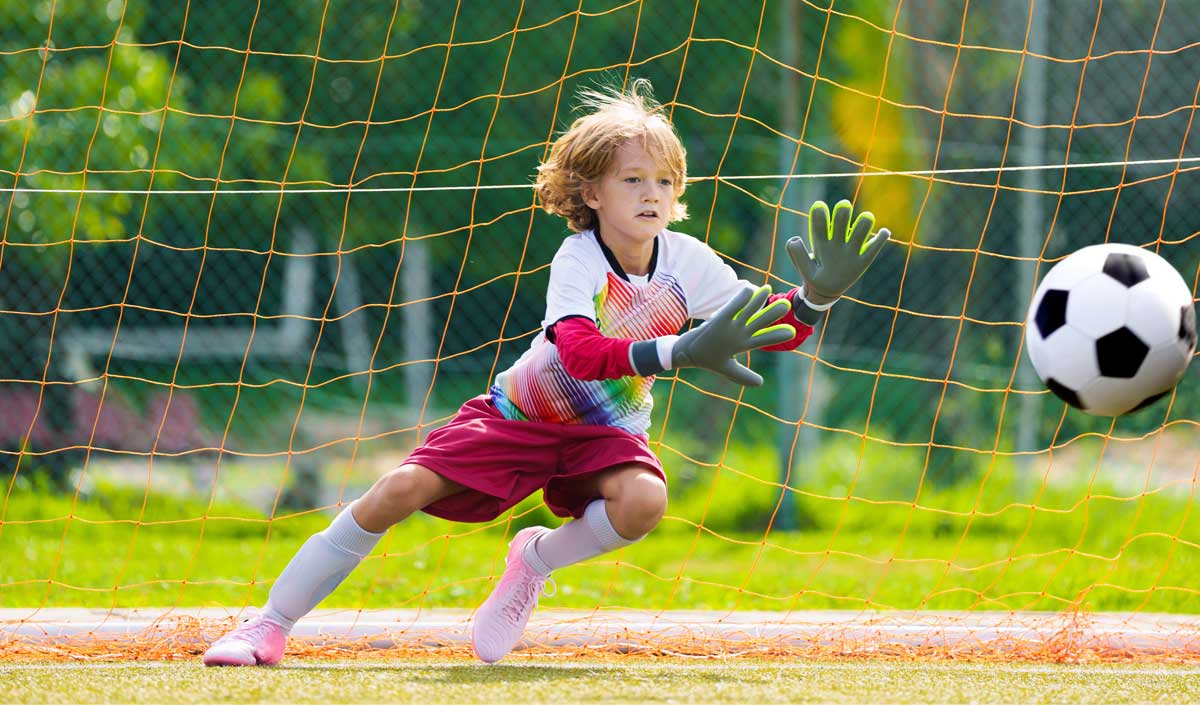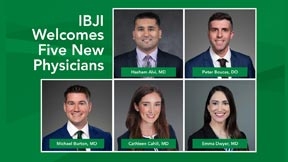
Youth sports are a great way to build teamwork, discipline, and confidence—but injuries can quickly sideline a young athlete’s progress. While rest is often the first recommendation, some injuries require more than just time off the field. Let’s explore common pediatric sports injuries and why growing bodies need expert orthopedic care.
The Unique Challenge of Growing Bones and Joints
Children and teens are not just smaller adults—their bones, muscles, and growth plates are still developing. This makes them more susceptible to certain types of injuries, including growth plate fractures, stress injuries, and overuse conditions. Without proper diagnosis and care, these injuries can disrupt normal development and lead to long-term complications.
Most Common Youth Sports Injuries
Growth Plate Injuries
Growth plates are areas of developing cartilage tissue near the ends of long bones. Because they are softer than mature bone, they are more vulnerable to injury during high-impact activities like football, basketball, or gymnastics.
ACL Tears and Knee Injuries
The anterior cruciate ligament (ACL) can be torn during pivoting or landing awkwardly—especially in sports that involve sudden changes in direction. While more common in teens, ACL injuries can occur in younger children and require tailored treatment.
Little League Elbow and Shoulder
Repetitive throwing motions in baseball and softball can lead to inflammation or damage to the growth plates in the elbow and shoulder. These overuse injuries are becoming increasingly common as young athletes specialize in a single sport year-round.
Stress Fractures
Long-distance running, gymnastics, or excessive training without adequate rest can cause tiny cracks in bones, known as stress fractures. These overuse injuries are especially common in the legs and feet, but in young gymnasts, they can also affect the spine—specifically the lower back (lumbar spine). Left untreated, stress fractures can worsen over time, potentially impacting future mobility and bone development. Early diagnosis and activity modification are essential to prevent long-term damage.
Why Specialized Pediatric Orthopedic Care Matters
Pediatric orthopedic surgeons are trained to recognize how injuries affect a child’s musculoskeletal system as it develops. Early intervention can prevent complications like limb length discrepancies or joint instability. Additionally, tailored rehabilitation programs help children return to their sport safely—without compromising their growth.
Support for Parents and Young Athletes
Recognizing the signs of more serious injuries—persistent pain, swelling, or limited movement—is crucial. If your child’s sports injury isn’t improving with rest, don’t wait to seek expert help. Schedule a consultation with a pediatric orthopedic specialist at IBJI today to ensure your child receives the right care for a strong and healthy recovery.
About the Author
Todd Simmons, MD is a board-certified orthopedic surgeon with fellowship training in pediatric orthopedic surgery. He specializes in pediatric orthopedic care, limb lengthening, reconstruction and fracture treatment. Dr. Simmons is highly recommended by his patients for his comforting bedside manner and commitment to ensuring both patients and their families have an understanding of care plans.




